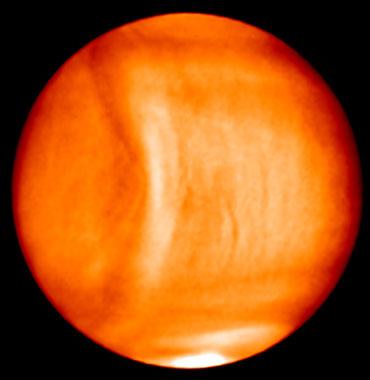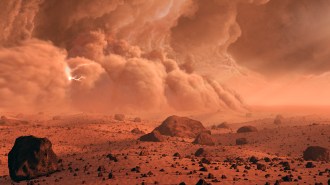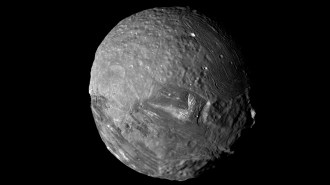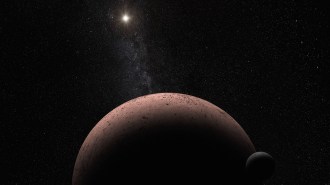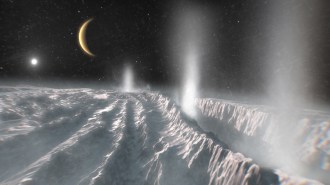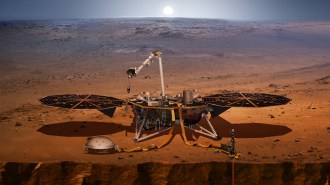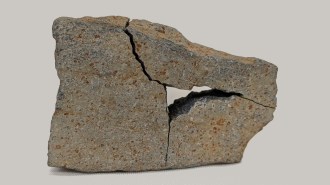Venus’ thick atmosphere speeds up the planet’s spin
The way the air flows over mountains changes the entire planet’s rotation speed
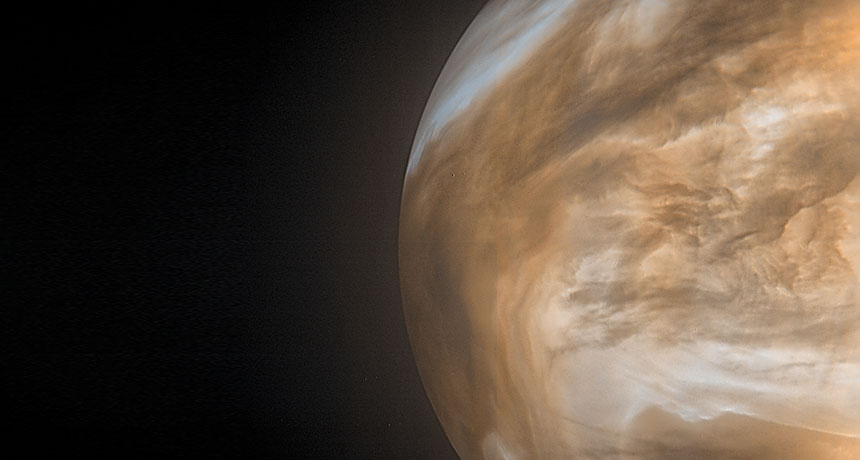
PUSH AND PULL New research has shown that Venus’ thick atmosphere, shown here in an image from the Japanese space agency’s Akatsuki spacecraft, can speed up the planet’s rotation.
Damia Bouic, DARTS, ISAS, JAXA
